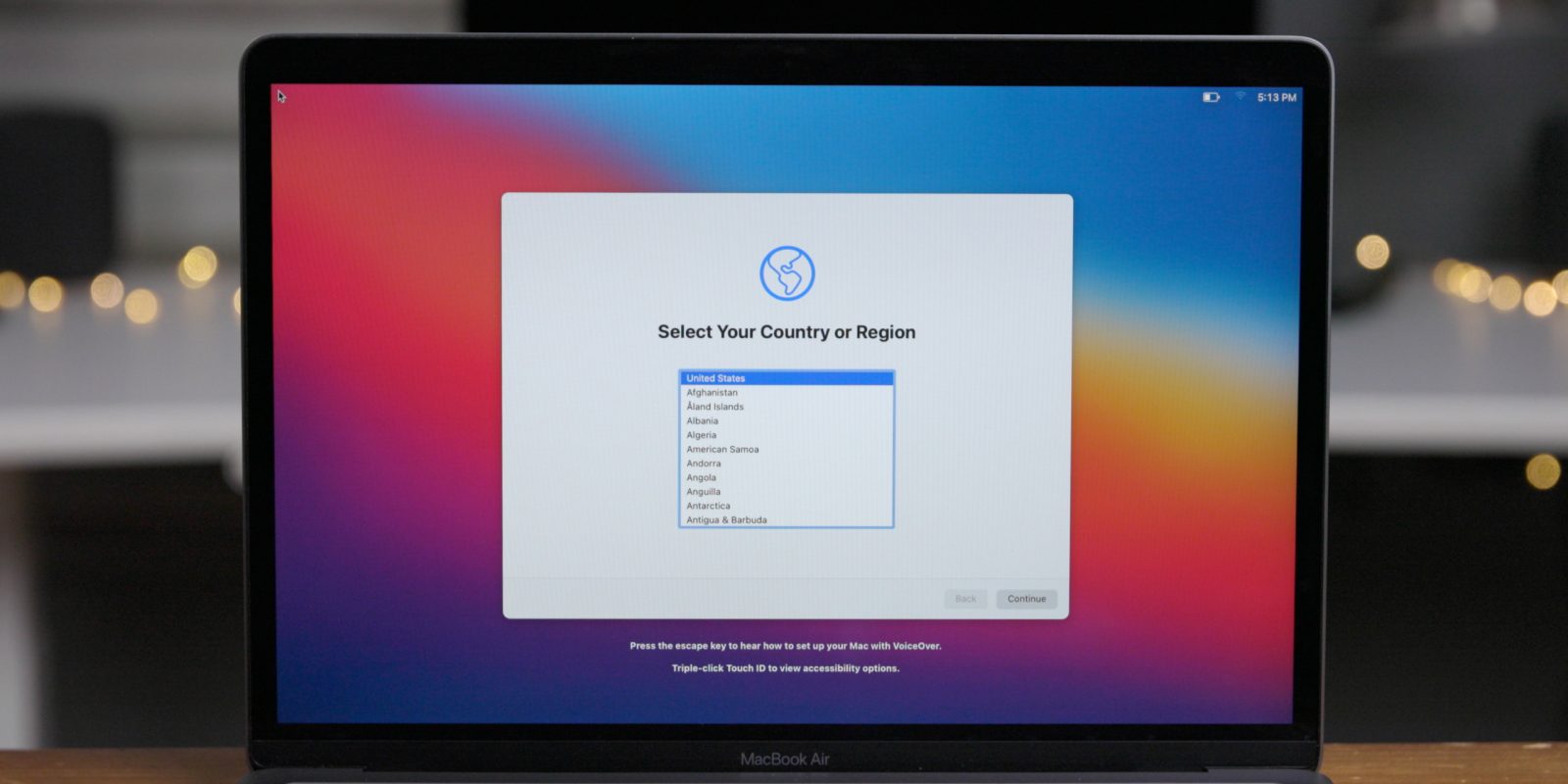- Apple File System (APFS) is a proprietary file system for macOS High Sierra (10.13) and later, iOS 10.3 and later, tvOS 10.2 and later, watchOS 3.2 and later, and all versions of iPadOS, developed and deployed by Apple Inc. It aims to fix core problems of HFS+ (also called Mac OS Extended), APFS's predecessor on these operating systems.
- Hey As most of you have probably seen Opentext are now saying they support APFS within encase 8.07. Has anyone actually got this to work? I have a physical image of a drive from a macbook, the drive has an unencrypted APFS volume but when loading into encase all i get is an entry called 'mastersuperblockcontainer' and below that about 128 entries called checkpoint. I can mount the.
- All contemporary Support Articles in the 'Disk Utility' thread states that I can format a disk (including an external HDD) by using Disk Utility and create APFS as the Format. The Disk Utility app Version 17.0 (1635) was installed as part of MacOs 10.13.2 - High Sierra.
How to get updates for macOS Mojave or later
Mac Apfs Format
If you've upgraded to macOS Mojave or later, follow these steps to keep it up to date:
It was instantly loved by many. However, there was a minor problem. One of its noteworthy and newest features was nearly invisible: the new file system. If Mojave is installed on a Mac with a solid-state drive (SSD), the underlying file system is automatically switched from Mac OS Extended or the HFS+ to the new Apple File System (APFS). Mar 08, 2019 APFS is a new file system that has been introduced by Apple. If you are a new Mac owner, you will notice that your file system is no longer HFS+ but APFS. Each volume within an APFS container can have its own APFS format—APFS, APFS (Encrypted), APFS (Case-sensitive), or APFS (Case-sensitive, Encrypted). Mac OS Extended Choose one of the following Mac OS Extended file system formats for compatibility with Mac computers using macOS 10.12 or earlier. A Mac running High Sierra can read APFS disks, but also disks formatted in HFS+, or with file systems used for Windows and Linux. The upgrade won’t affect your ability to read disks formatted with other file systems, and this should be the case for a very long time.
- Choose System Preferences from the Apple menu , then click Software Update to check for updates.
- If any updates are available, click the Update Now button to install them. Or click ”More info” to see details about each update and select specific updates to install.
- When Software Update says that your Mac is up to date, the installed version of macOS and all of its apps are also up to date. That includes Safari, iTunes, Books, Messages, Mail, Calendar, Photos, and FaceTime.
Convert To Apfs Mac
To find updates for iMovie, Garageband, Pages, Numbers, Keynote, and other apps that were downloaded separately from the App Store, open the App Store on your Mac, then click the Updates tab.
To automatically install macOS updates in the future, including apps that were downloaded separately from the App Store, select ”Automatically keep my Mac up to date.” Your Mac will notify you when updates require it to restart, so you can always choose to install those later.
How to get updates for earlier macOS versions
If you're using an earlier macOS, such as macOS High Sierra, Sierra, El Capitan, or earlier,* follow these steps to keep it up to date:
- Open the App Store app on your Mac.
- Click Updates in the App Store toolbar.
- Use the Update buttons to download and install any updates listed.
- When the App Store shows no more updates, the installed version of macOS and all of its apps are up to date. That includes Safari, iTunes, iBooks, Messages, Mail, Calendar, Photos, and FaceTime. Later versions may be available by upgrading your macOS.
To automatically download updates in the future, choose Apple menu > System Preferences, click App Store, then select ”Download newly available updates in the background.” Your Mac will notify you when updates are ready to install.

Does The Newest Mac Software Support Apfs Download
* If you're using OS X Lion or Snow Leopard, get OS X updates by choosing Apple menu > Software Update.
How to get updates for iOS
Learn how to update your iPhone, iPad, or iPod touch to the latest version of iOS.
Learn more
- Learn how to upgrade to the latest version of macOS.
- Find out which macOS your Mac is using.
- You can redownload apps that you previously downloaded from the App Store.
- Your Mac doesn't automatically download large updates when it's using a Personal Hotspot.